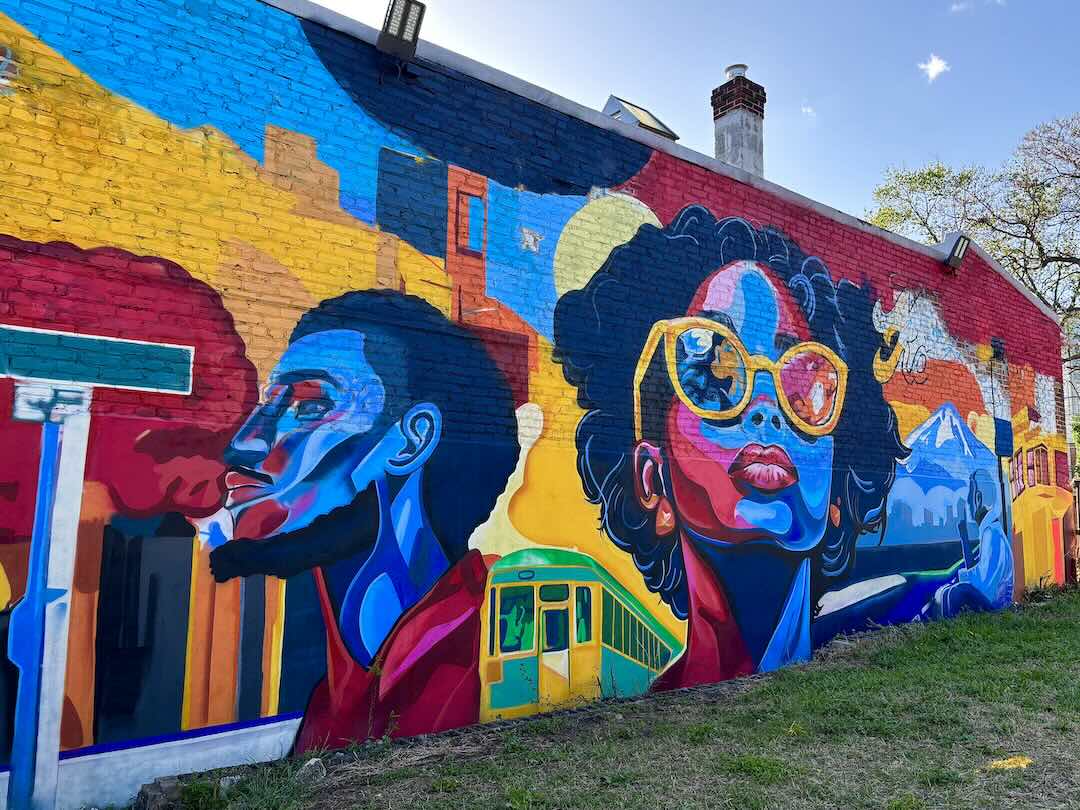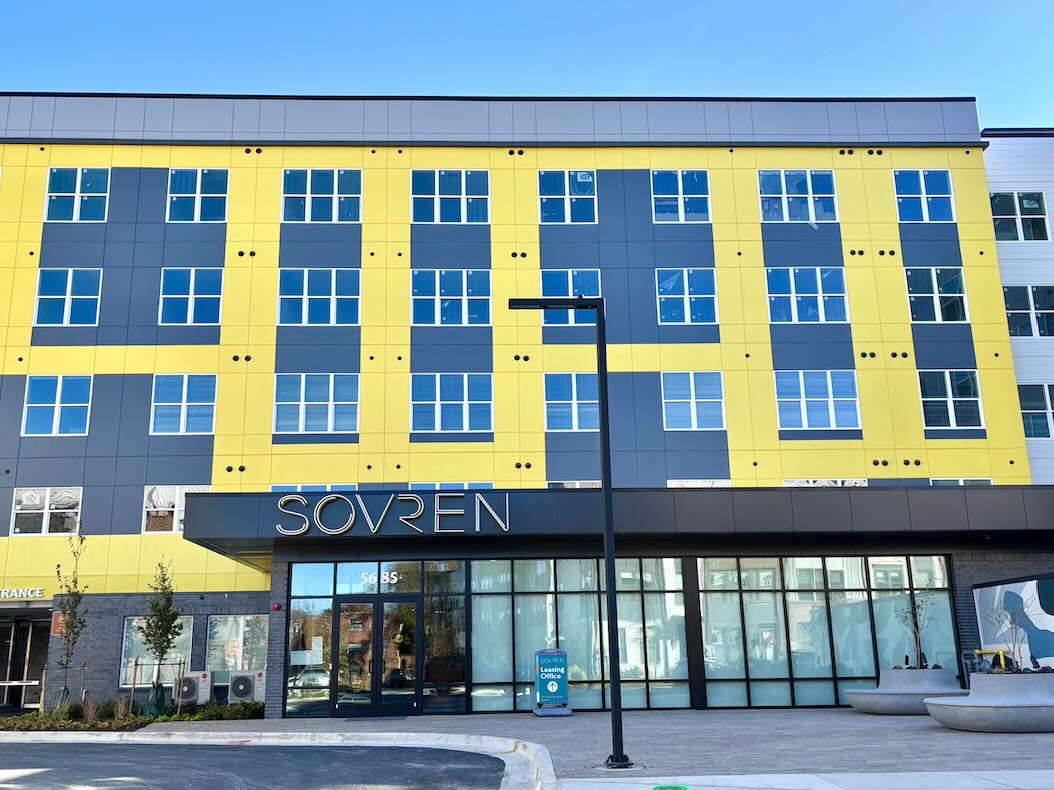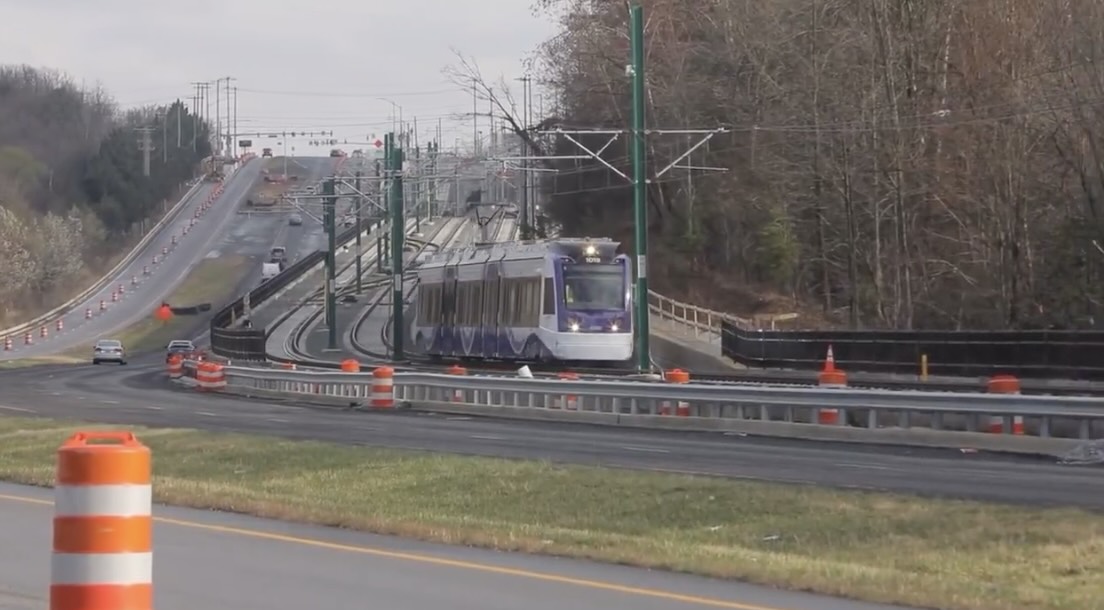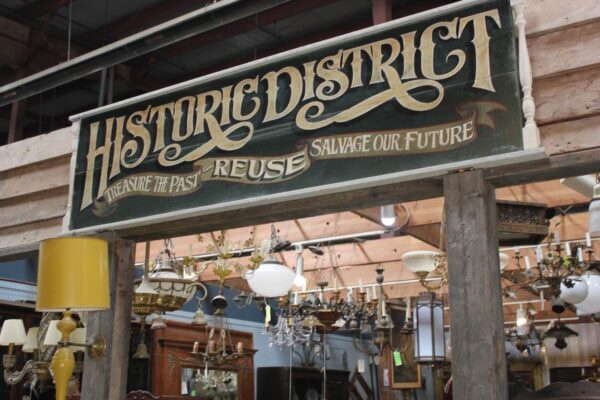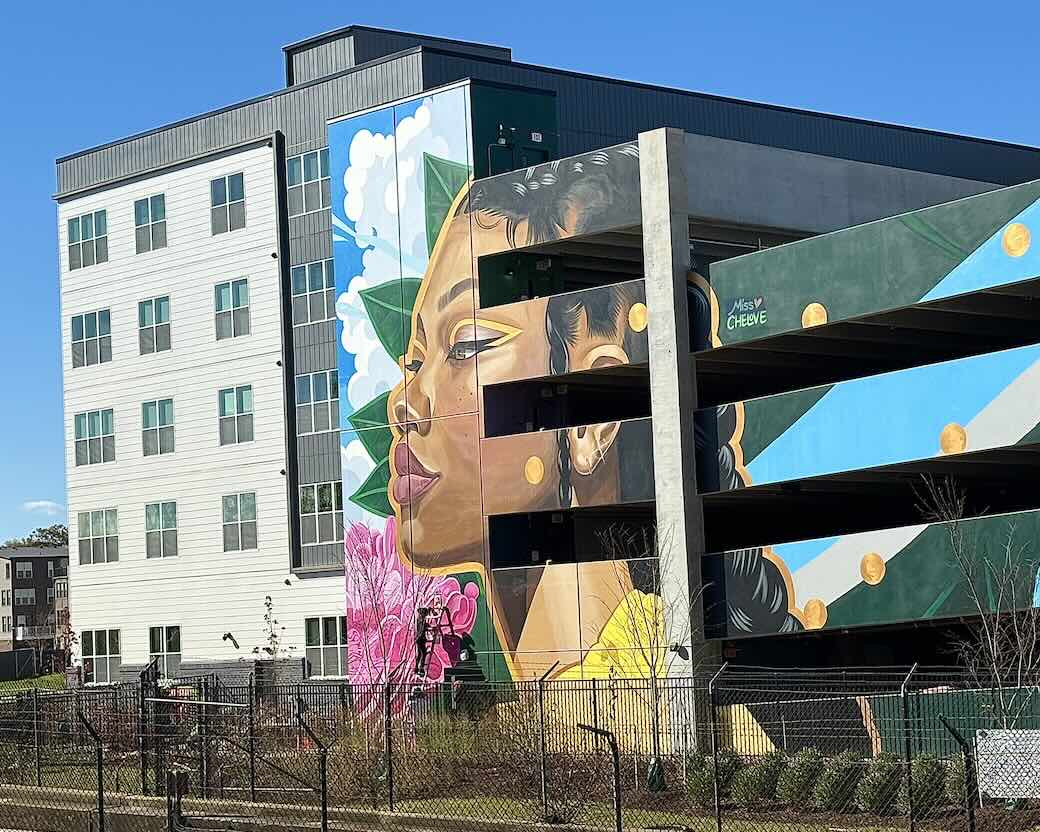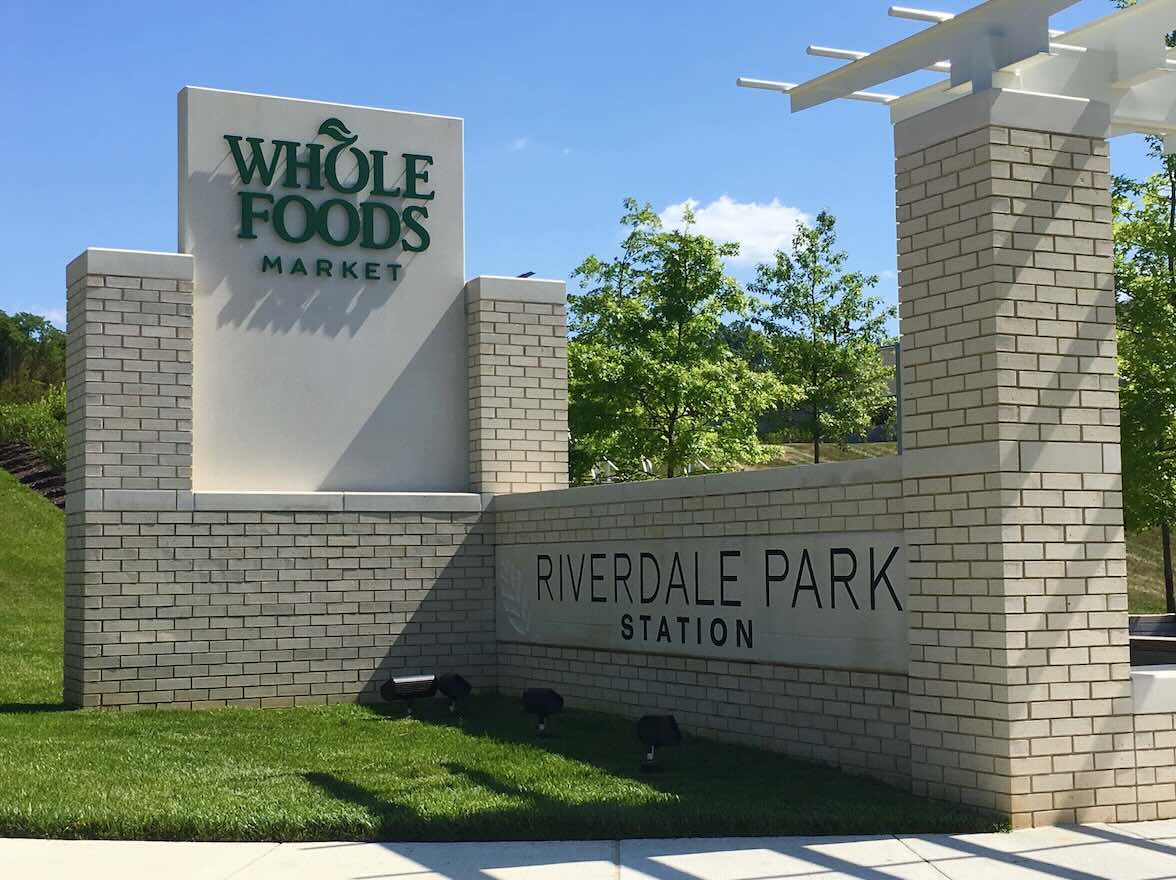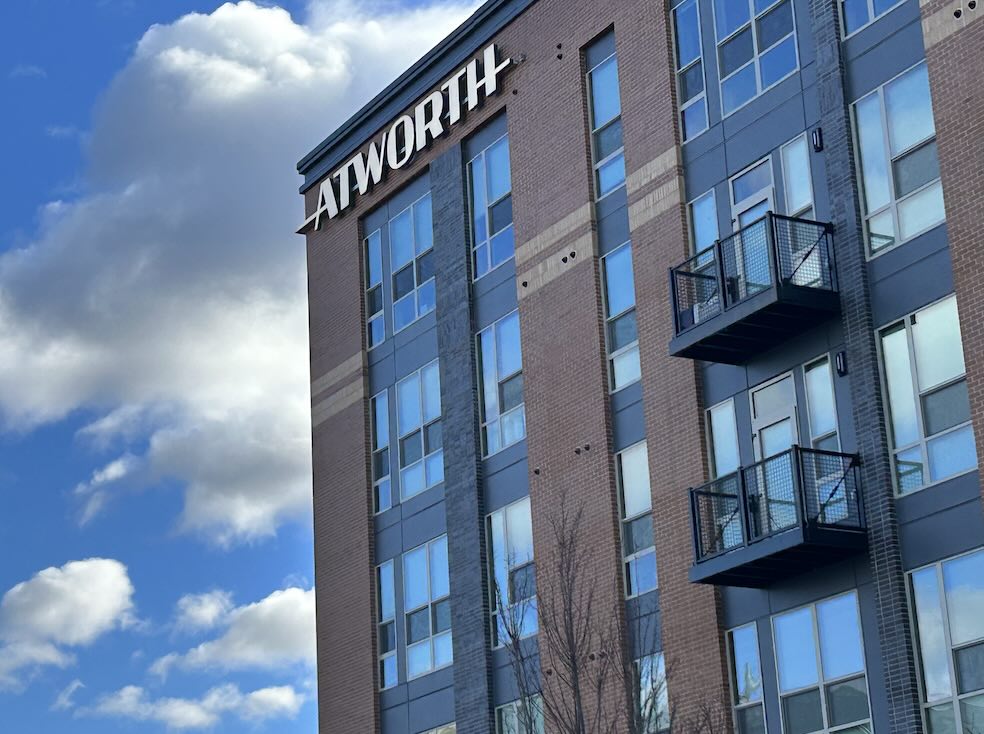In most of the rest of the world, if you don’t have a field to play soccer, you play futsal. But here along the Route 1 corridor there aren’t any futsal fields, at least not yet.
Derived from the Spanish fútbol de salón, futsal is to soccer what half-court pickup games are to basketball, a faster, looser and more creative version of an already immensely popular sport. It’s especially popular in crowded urban areas where a full-sized soccer field is impractical, played everywhere from building rooftops to tennis courts.
There’s already a futsal league at the Capitol Sportsplex in Glenn Dale, just north in Prince George’s County, a youth program at D.C. Stoddert Soccer, a co-ed league at ZogSports in D.C. and a municipal league in Takoma Park.
But if you want to play futsal along the Route 1 corridor, your only option is the Reckord Armory on the University of Maryland campus, which is intended for students and faculty.
Even as local communities have seen an influx of immigrants from Central American countries like El Salvador, Guatemala and Honduras, our parks have not yet caught up with the types of sports popular in their home countries.
That’s not because of the cost. Building an official futsal court costs about $25,000 — roughly 10 percent of the price of a regular soccer field. And it’s not because of the size. Futsal courts are roughly comparable to a typical tennis court — one company even specializes in converting them. And it’s not because of a lack of demand. A report from the Maryland-National Capital Park and Planning Commission already identified futsal as an “emerging sport” that would need new park space in Prince George’s County.
Several communities around the country have started adding futsal fields in underutilized land near Hispanic communities. The Route 1 corridor should consider doing the same.










